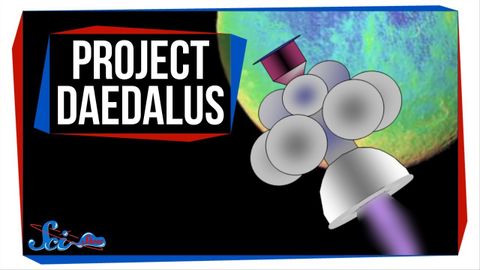
字幕與單字
神匠計劃:我們1970年代的星際旅行計劃 (Project Daedalus: Our 1970s Plan for Interstellar Travel)
00
林宜悉 發佈於 2021 年 01 月 14 日收藏
影片單字
routine
US /ruˈtin/
・
UK /ru:ˈti:n/
- adj.例行 ; 公事 ; 日常工作;例行的;常規的;一成不變的
- n. (c./u.)例程;例行公事;日常工作;乏味;常規
A2 初級多益中級英檢
更多 使用能量
解鎖所有單字
解鎖發音、解釋及篩選功能
